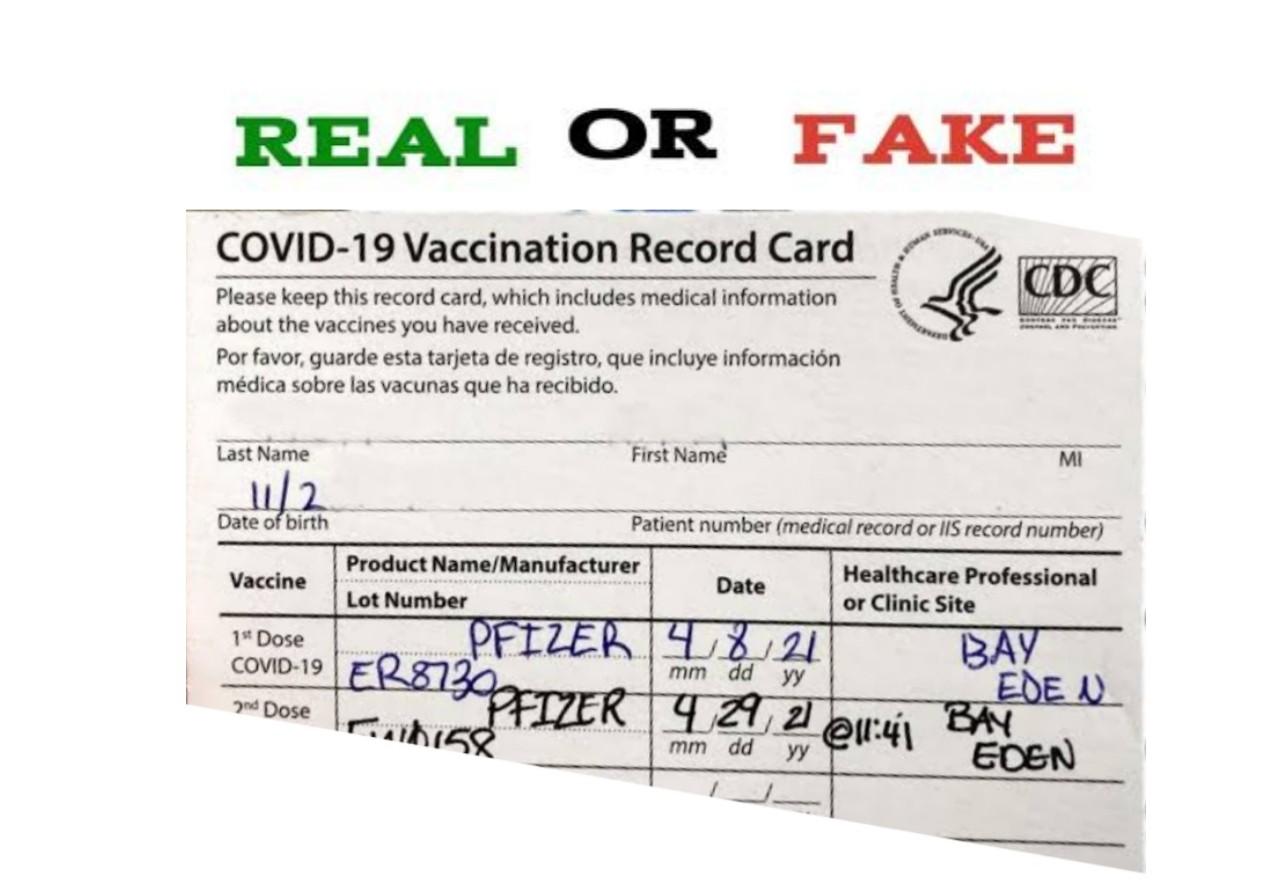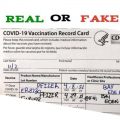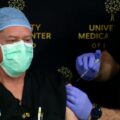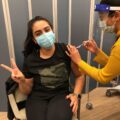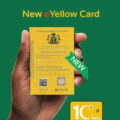The world is amid a COVID-19 pandemic and many types of vaccines have been developed and deployed to help fight the scourge. Vaccines save millions of lives each year. Vaccines work by training and preparing the body’s natural defenses – the immune system – to recognize and fight off the viruses and bacteria they target. After vaccination, if the body is later exposed to those disease-causing germs, the body is immediately ready to destroy them, preventing illness.
Globally, over 7 billion doses of COVID 19 vaccines have been given. Available data indicates that:
- 49.5% of the world population have received at least one dose of a COVID-19 vaccine.
- 7.07 billion doses have been administered globally, and 26.65 million are now administered each day.
- Only 3.6% of people in low-income countries have received at least one dose.
However, a small percentage of the population is resisting the COVID 19 vaccines opting to buy fake COVID 19 vaccines cards to beat the system. Recently, U.S. Customs officials in Cincinnati, Ohio, intercepted five shipments containing 1,683 counterfeit COVID-19 vaccination cards and 2,034 fake Pfizer inoculation stickers since August 16. The shipments from China were headed to private homes and apartments in the states of Illinois, Maryland, Missouri, New York, and Texas.
In August, a Chicago pharmacist was arrested after being accused of selling dozens of authentic Centers for Disease Control and Prevention (CDC) COVID-19 vaccination cards on eBay. In July, a naturopathic physician in Northern California was arrested for allegedly selling fake COVID-19 immunization treatments and forged vaccination cards.
How to Spot a Fake Vaccine Card
Fake vaccine cards can be difficult to identify because advances in printing technology have made it easy to print standard replicas. To identify a fake card, you have to be familiar with the standard card in your country and its appearance, the person’s name, the date of their vaccination, lot numbers, and the site where they received the vaccine. In The United States, the CDC itself doesn’t propose any specific criteria to assess the authenticity of vaccination cards, but here are a few red flags to look out for:
Look at the date: The dates of the first shot and the second shot must not be the same. If the card is genuine, the person should get the second shot as close to the recommended 3-weeks or 4-weeks interval as possible. However, the second dose may be given up to 6 weeks (42 days) after the first dose, if necessary.
Handwriting and Pen Used: The handwriting and the pen used in recording the first shot will most likely be different because the probability of the same medical professional administering the first and second dose of the vaccine to the same person and using the same pen is slim but not impossible.
Check for obvious spelling mistakes: This one may seem simple, but check for obvious spelling mistakes some fraudsters aren’t familiar with medical terms and can make simple mistakes!
Vaccine Card Texture: Be familiar with the texture of the genuine CDC vaccine cards, feel the texture, if it does not feel right it is most likely fake. Most fake vaccine card designs are made using computer programs, re-creating scanned copies of a card.
Fake Covid-19 vaccine cards are a public health nightmare. Unlike most consumer fraud, neither the buyer nor seller is taking advantage of the other. Recent figures indicate that the number of sellers on the darknet offers forged vaccination records or test results has gone from about 1,000 to 10,000, according to cybersecurity firm Check Point Research. The rise in sellers coincides with an uptick in mandates for consumers around the U.S. to show proof of vaccination before entering certain venues. Read: What Are The Pros And Cons Of The COVID-19 Vaccine
About Vaccination Certificates
A vaccination certificate is created in VAMS after a healthcare professional logs a COVID-19 vaccine dose for a recipient in VAMS.
The certificate will include information about the date(s) of vaccine administration, vaccine manufacturer, lot number, and clinic name.
After the recipient receives the required number of vaccine dose(s) to complete the vaccination schedule, the certificate can serve as a recipient’s vaccination record documented in VAMS.
Recipients can access their vaccination certificate in the Recipient Portal at any time.
Select clinic users can also access vaccination certificates in VAMS depending on their assigned role(s) in the system. Clinic user access is noted under each section subheader in this document. A user’s clinic type (standard and mobile or third party) will dictate how the clinic users can access vaccination certificates in VAMS.


